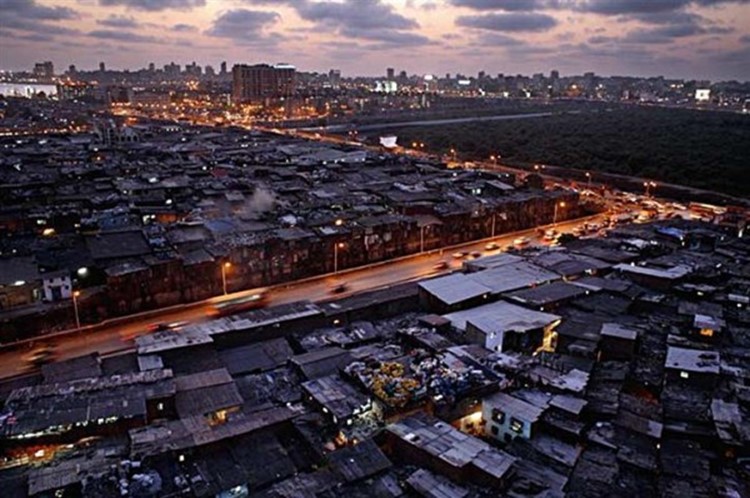Countries Where Santa Better Watch Out
December 25, 2012 in Daily Bulletin

In decades past there’s not much that countries could do about a red suited intruder violating their airspace and infiltrating their houses. In the age of heat-seeking intercontinental ballistic missiles however, Santa Claus should probably think twice before entering these countries:
- In Uzbekistan Santa Claus, and, from Soviet folklore, his female sidekick, are banned. They might be able to hide behind a Christmas tree though – those are still allowed, at least on television.
- The atheist North Korea doesn’t allow the celebration of Christmas – and threatens to bomb South Korea if they celebrate it to close to its border.
- In Saudi Arabia, Father Christmas might be able to deliver presents inside Western compounds – but nowhere else.
- The Vatican was successfully able to pressure Venezuela to allow Christmas in 1998 – but Santa may want to leave Rudolph and his bright red nose at home – discretion would be wise in a country where the government still discourages “western” festivals.
Read more about each of these countries, as well as one other country where Santa isn’t welcomed over here.
Source: Foreign Policy




















Join the Discussion! (No Signup Required)